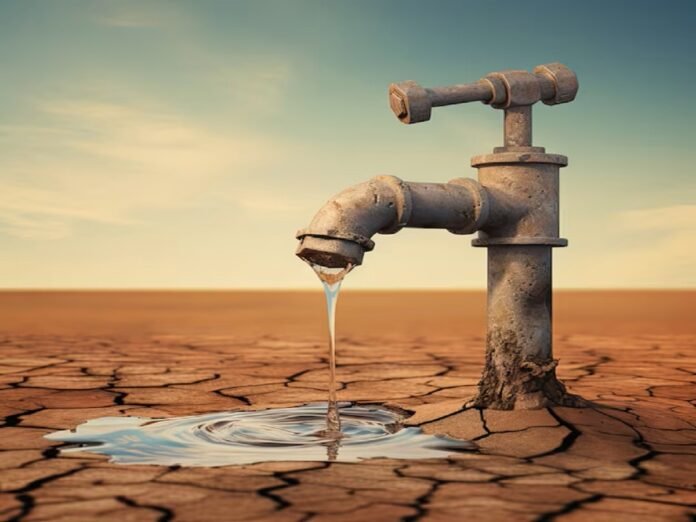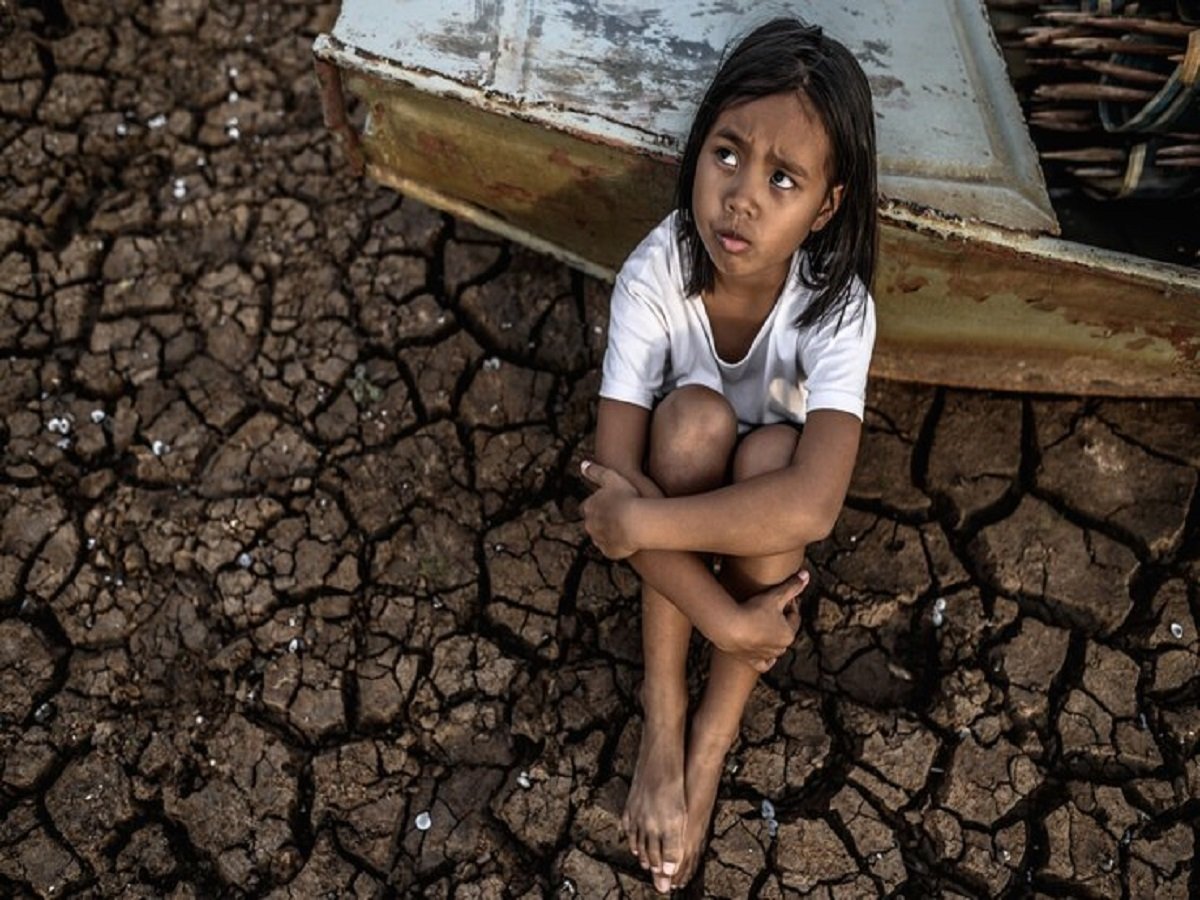Introduction:
Indian water crisis, a country with a population exceeding 1.4 billion, faces an increasing water crisis. Despite being home to 16% of the world’s population, India has access to only 4% of the world’s freshwater resources.
The rapid urbanization, climate change, and unsustainable water management practices have increased the crisis, leading to severe water scarcity in many regions. If immediate and comprehensive measures are not taken, the situation could worsen, impacting millions of lives and the economy.
In this article, we will explore the current state of the Indian water crisis and outline key strategies to avoid future crises.
Understanding the India Water Crisis
India’s water crisis is not a recent phenomenon. It is a culmination of decades of poor management, over-extraction of groundwater, and not enough infrastructure.
According to the Indian water crisis NITI Aayog, nearly 600 million people face high to extreme water stress, and 21 major cities, including Delhi, Bengaluru, and Chennai, could run out of groundwater soon. The crisis manifests in different forms:
-
Groundwater depletion: Over 80% of India’s drinking water and two-thirds of irrigation depend on groundwater. Excessive extraction has led to alarming levels of depletion.
-
Pollution: Industrial effluents, agricultural runoff, and untreated sewage have severely contaminated water bodies, making water unfit for consumption.
-
Inefficient irrigation: Agriculture consumes about 80% of the country’s water, but inefficient irrigation methods lead to significant wastage.
-
Urban water scarcity: Rapid urbanization has outpaced water supply infrastructure, leading to acute shortages in cities.

An Indian water crisis faced the child, who sat on dry, cracked earth, leaning against an old boat, looking thoughtful.
Strategies to Prevent a Future Water Crisis
1. Sustainable Water Management Practices
Promoting sustainable water management is key to addressing the Indian water crisis. This involves:
-
Rainwater harvesting: Encouraging the collection and storage of rainwater can reduce dependency on groundwater.
-
Watershed management: Protecting and restoring watersheds can improve water availability and quality.
-
Efficient water pricing: Implementing realistic water pricing can discourage overuse and promote conservation.
2. Enhancing Irrigation Efficiency
Since agriculture is the largest consumer of water, improving irrigation efficiency is critical. Steps include:
-
Drip and water supply irrigation: These methods use water more efficiently compared to traditional flood irrigation.
-
Crop diversification: Encouraging farmers to grow less water-intensive crops can reduce water consumption.
-
Adopting modern farming techniques: Precision agriculture and soil moisture monitoring can optimize water usage.
3. Strengthening Urban Water Infrastructure
Urban areas require robust infrastructure to meet growing demand. Key initiatives include:
-
Upgrading water supply networks: Reducing leakage and ensuring equitable distribution can improve water availability.
-
Promoting wastewater recycling: Recycling and reusing wastewater for non-potable purposes can ease pressure on freshwater sources.
-
Stormwater management: Developing efficient stormwater drainage systems can prevent flooding and recharge Waterways.
4. Protecting Water Bodies
India’s rivers, lakes, and wetlands are under threat from pollution and encroachment. Protecting these vital ecosystems involves:
-
Strict pollution control: Enforcing regulations to prevent industrial discharge and Wastewater from contaminating water bodies.
-
Restoring degraded water bodies: Initiatives like the rejuvenation of lakes and river cleaning can enhance water storage capacity.
-
Community participation: Involving local communities in the management and protection of water resources ensures better outcomes.
5. Leveraging Technology and Data
Technology can play a transformative role in managing water resources more effectively. Innovative solutions include:
-
Smart water meters: These devices can monitor consumption in real-time and help detect leaks.
-
Remote sensing and GIS: Mapping water resources using satellite data can aid in planning and management.
-
Artificial intelligence (AI): AI-driven models can predict water demand and supply trends, helping policymakers make informed decisions.

Government and Policy Interventions
A multi-stakeholder approach is necessary to tackle the Indian water crisis. Policymakers need to:
-
Implement integrated water resource management (IWRM): Coordinating the management of water, land, and related resources can maximize social and economic welfare without compromising the ecosystem.
-
Strengthen legal frameworks: Enforcing existing laws and introducing new ones to regulate water usage is essential.
-
Promote public-private partnerships: Collaborating with private entities can bring in investment and innovation in water management.
Role of Citizens
Every citizen has a role to play in addressing the water crisis. Simple actions can make a significant difference:
-
Conserving water: Turning off taps when not in use, fixing leaks, and using water-efficient appliances can save large amounts of water.
-
Participating in community initiatives: Engaging in local water conservation efforts can strengthen community resilience.
-
Raising awareness: Educating others about the importance of water conservation can inspire collective action.










































